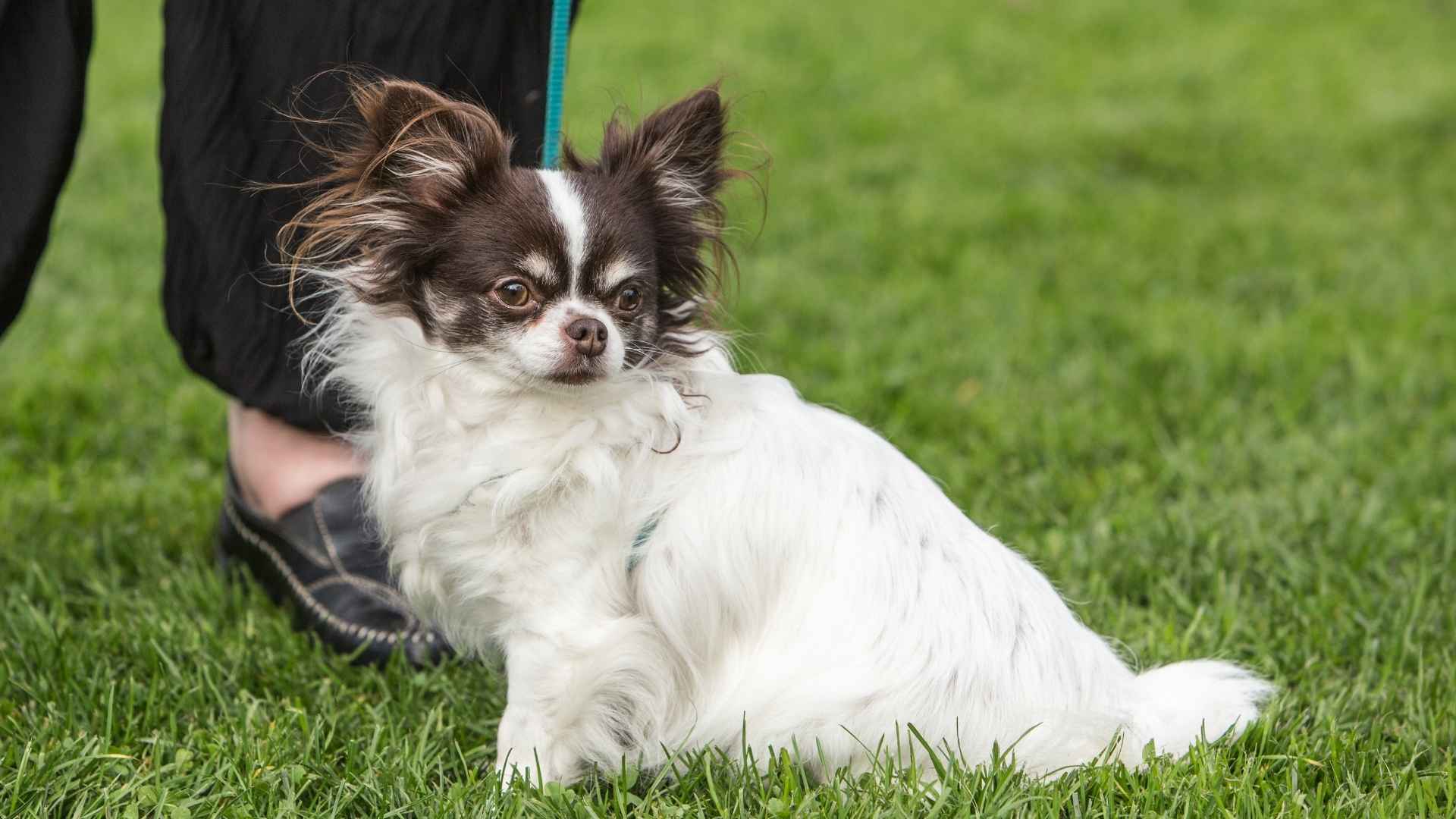Owning a dog is one of life’s greatest joys—but let’s be honest, not every breed is a perfect fit for every lifestyle. While all dogs have the potential to be lovable and loyal companions, some breeds come with quirks that can wear down even the most dedicated pet parent. Whether it’s excessive barking, boundless energy, or an independent streak that borders on defiance, certain dogs require more patience, training, and time than others.
These “annoying” behaviors often stem from traits originally bred for specific jobs, like herding, guarding, or hunting. When those instincts aren’t given a healthy outlet, they can turn into habits that frustrate owners and disrupt household harmony. It doesn’t mean the breed is bad—it just means they’re not always easy to live with.
In this article, we’ll highlight dog breeds that may be charming to some but downright exasperating to others. If you’re considering bringing home a new pup, knowing which breeds can be high-maintenance will help you choose a companion that matches your patience—and your lifestyle.
Most Annoying Dog Breeds
1. Beagle
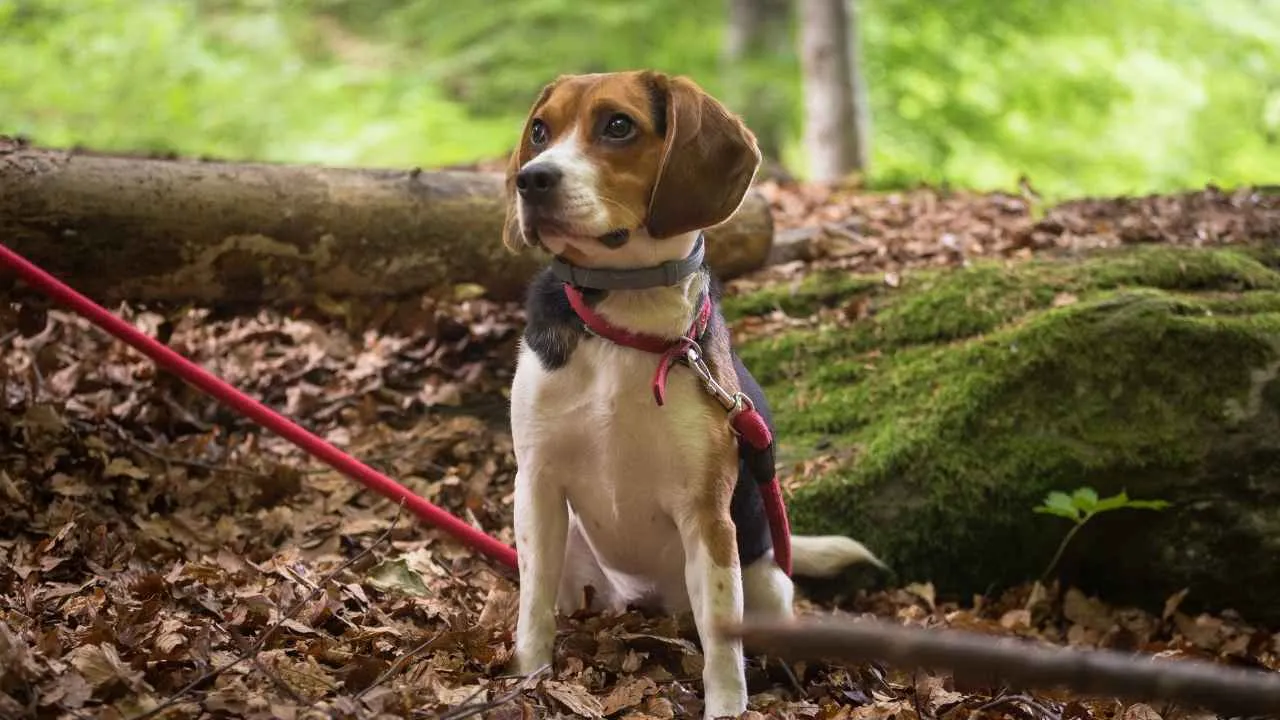
The Beagle is a compact and energetic hound originating from Great Britain, historically bred for rabbit hunting. The AKC explains that Beagles come in two size varieties: one under 13 inches tall at the shoulder, and another ranging from 13 to 15 inches.
This sturdy breed is instantly recognizable by its tricolor coat, long ears, and expressive brown or hazel eyes. While they are undeniably cute and affectionate, Beagles also come with a reputation for being demanding companions.
Their keen sense of smell, second only to the Bloodhound, means they’re often distracted and led astray by scents, making off-leash control a real challenge. Beagles are part of the Hound Group and typically live 10–15 years.
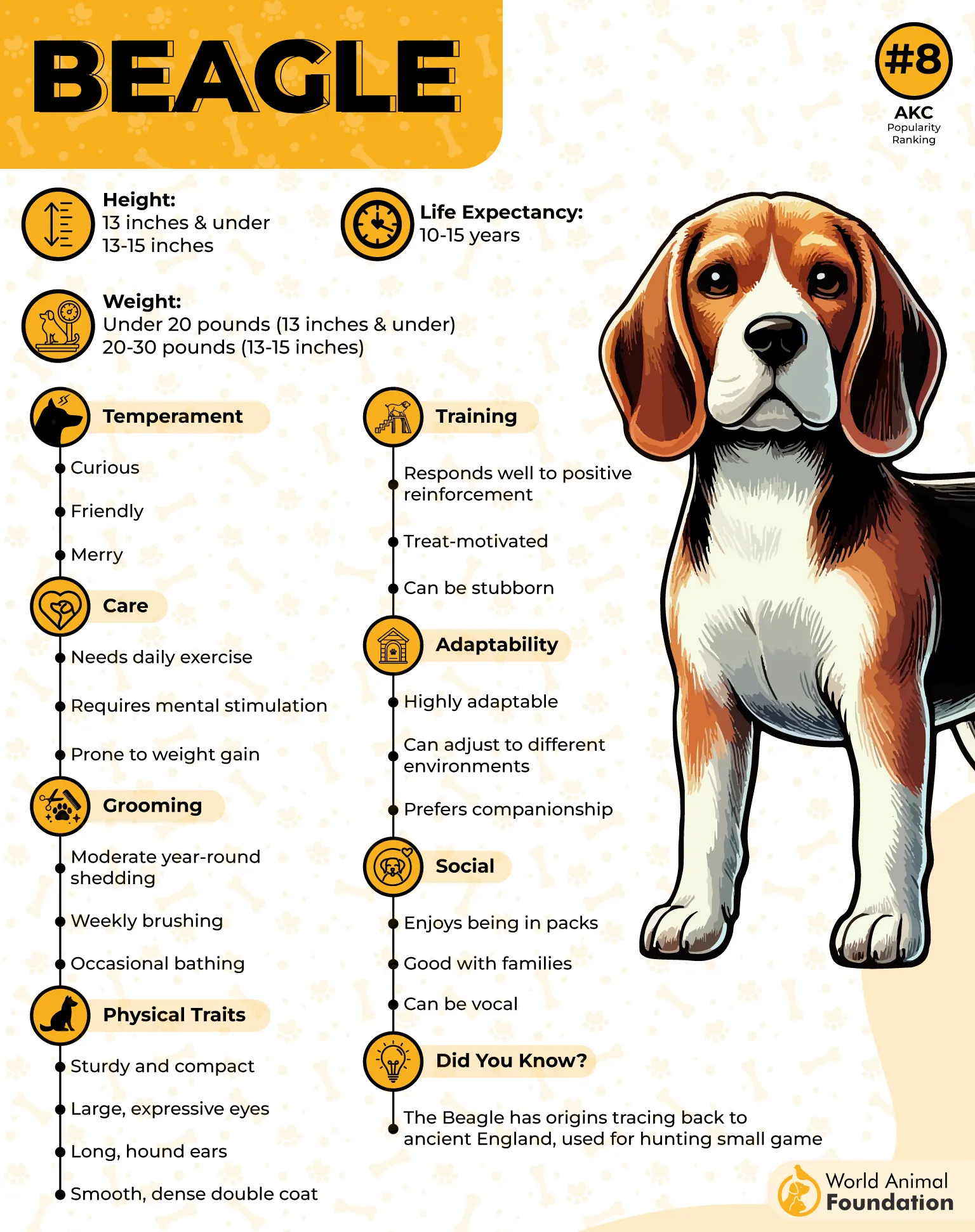
Temperament
Beagles are cheerful and social, but their strong-willed nature and boundless curiosity can lead to frustrating behaviors. Without proper exercise and stimulation, they are prone to barking, howling (also known as baying), and destructive chewing.
Many Beagles struggle with recall and tend to ignore commands when their nose picks up a trail. While they bond well with other dogs and children, their stubborn streak makes training difficult. Their high food motivation can be both a blessing and a curse when it comes to behavioral management.
Did you know? The U.S. Customs and Border Protection employs a “Beagle Brigade” to sniff out contraband foods at airports due to their exceptional scent detection abilities.
2. Chihuahua
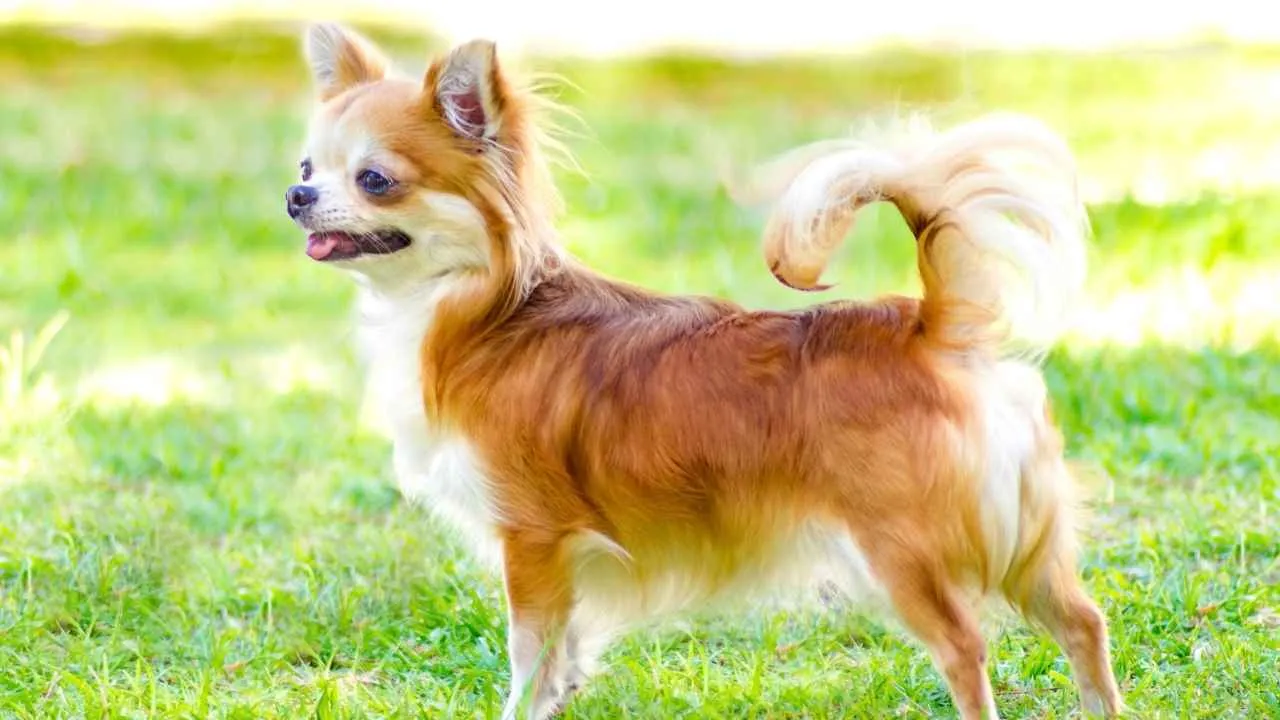
The Chihuahua—often affectionately called the “Chi”—may be the smallest dog in the world, but it carries a supersized personality. WebMD highlights that Chihuahuas are highly affectionate and enjoy staying close to their human companions.
Originating from Mexico and linked to the ancient Techichi dogs of the Toltec civilization, the breed became prominent in the 19th century and quickly rose in popularity. Weighing between 1 to 6 pounds and standing 5–8 inches tall, this Toy Group member has an iconic “apple-shaped” head, expressive eyes, and large, upright ears.
Chihuahuas can have either a smooth or long coat and come in a wide variety of colors and patterns. With a lifespan of 12 to 16 years, these spirited dogs have charmed many but are also known for their diva-like traits.
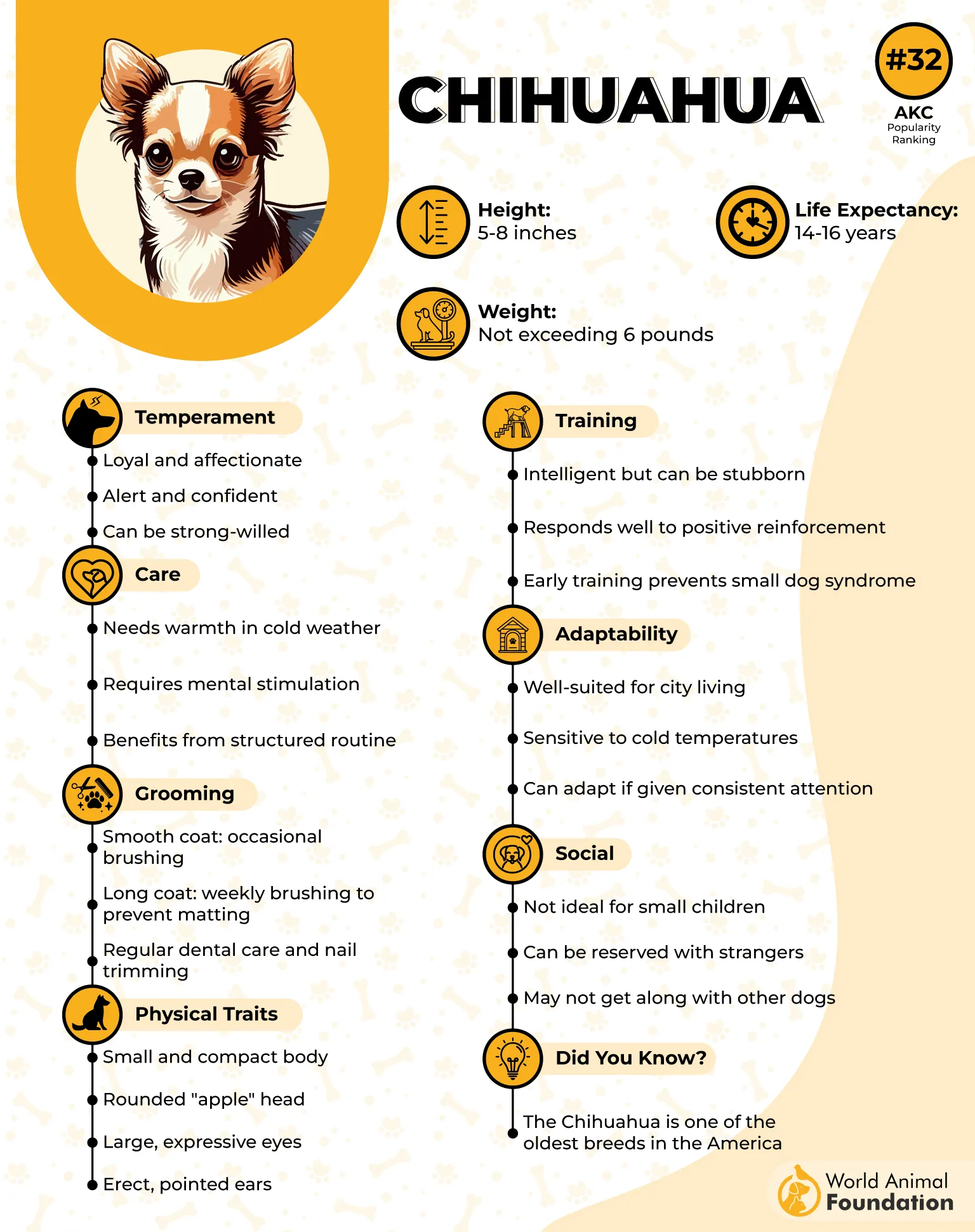
Temperament
Chihuahuas are notoriously bold, vocal, and opinionated. Though incredibly loyal to their chosen person, they often act suspicious or even snappy toward other dogs and strangers. Their tendency to bark at every passing sound can test the limits of your patience.
While their size makes them perfect for apartment living, their need for constant attention and big-dog attitude in a tiny frame can become overwhelming without consistent training and boundaries.
Did you know? In 2014, loose packs of Chihuahuas “terrorized” a neighborhood in Maryvale, Arizona, due to local overpopulation issues.
3. Jack Russell Terrier
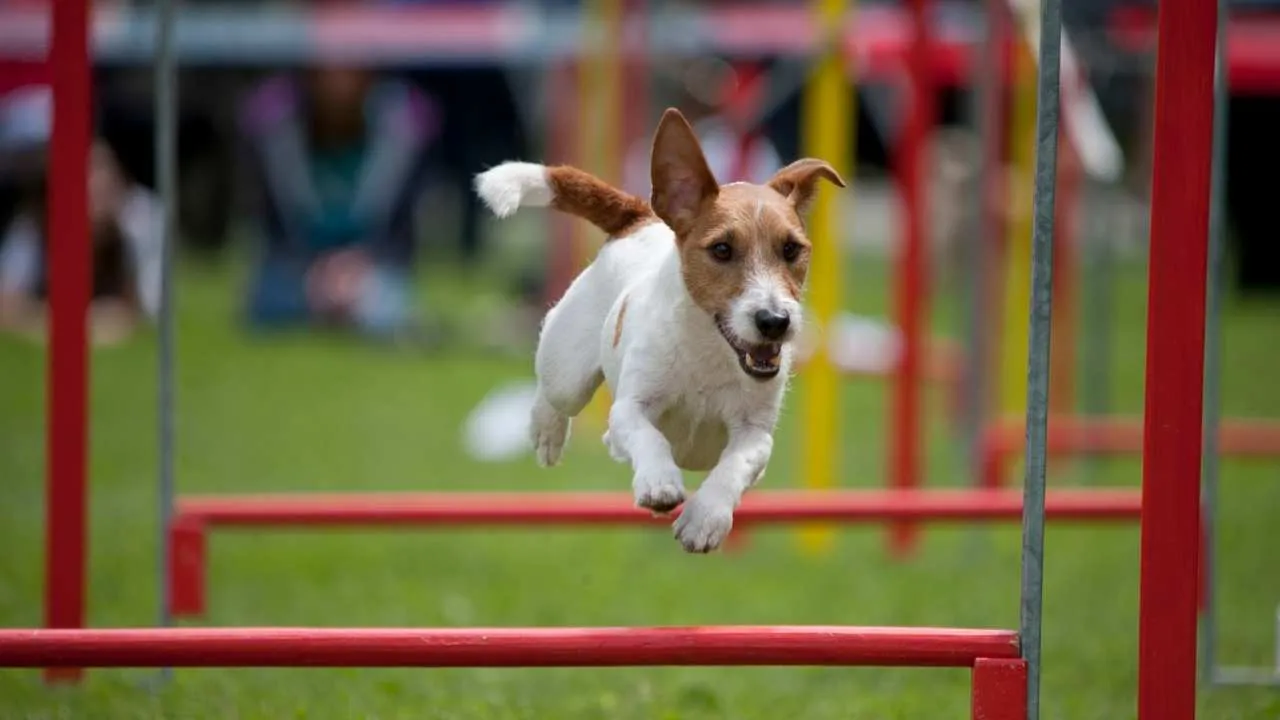
The Jack Russell Terrier—also known as the Parson Russell Terrier—is a compact firecracker of a dog, bred originally in 19th-century England by the Reverend John Russell for fox hunting. PetMD states that this small-sized breed usually stands 12 to 15 inches tall at the shoulder and generally weighs between 13 and 17 pounds.
With dark, almond-shaped eyes, button ears, and a muscular frame, they radiate energy and confidence. Their short, weatherproof double coat comes in smooth, broken, or rough textures, typically white with black or tan markings. Known for a life span of 12–15 years, they fall into the Terrier Group and are often favored by those who love a challenge.
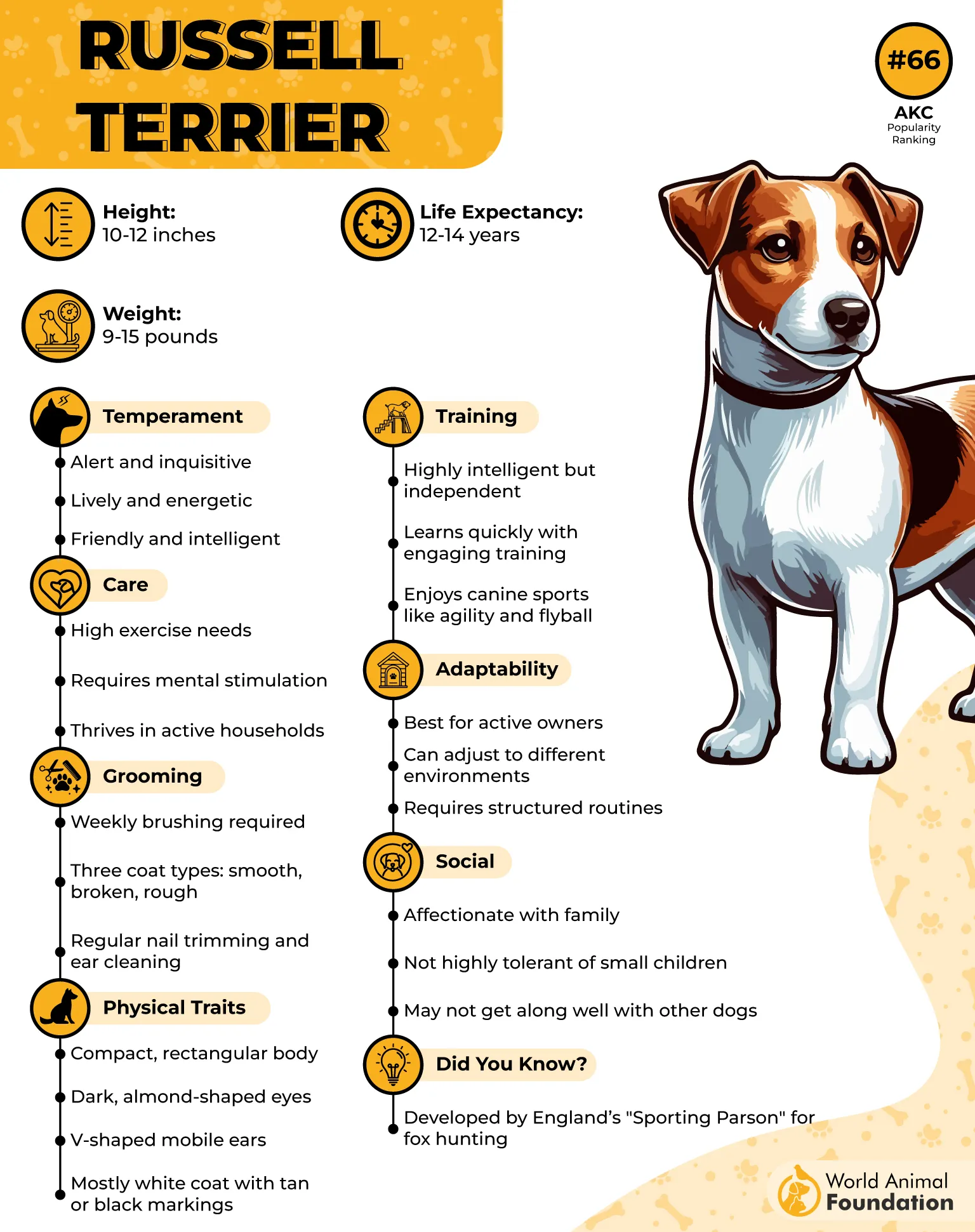
Temperament
Relentlessly energetic and endlessly curious, these small dog breeds are not for the faint-hearted. They crave constant stimulation—both mental stimulation and physical stimulation—and can become downright destructive when bored. While intelligent and trainable, they’re equally stubborn and love testing boundaries.
This combination of smarts and sass often leads them to outwit their owners. Their hunting instinct is strong, and they won’t hesitate to chase small animals, dig up yards, or bark at passing leaves. For households unprepared for their demanding personalities, this “Energizer Bunny” of the dog world can quickly go from amusing to exhausting.
Did you know? A Jack Russell named Uggie was the first dog to leave paw prints on the Hollywood Walk of Fame for his roles in The Artist and Water for Elephants..
4. Dachshund
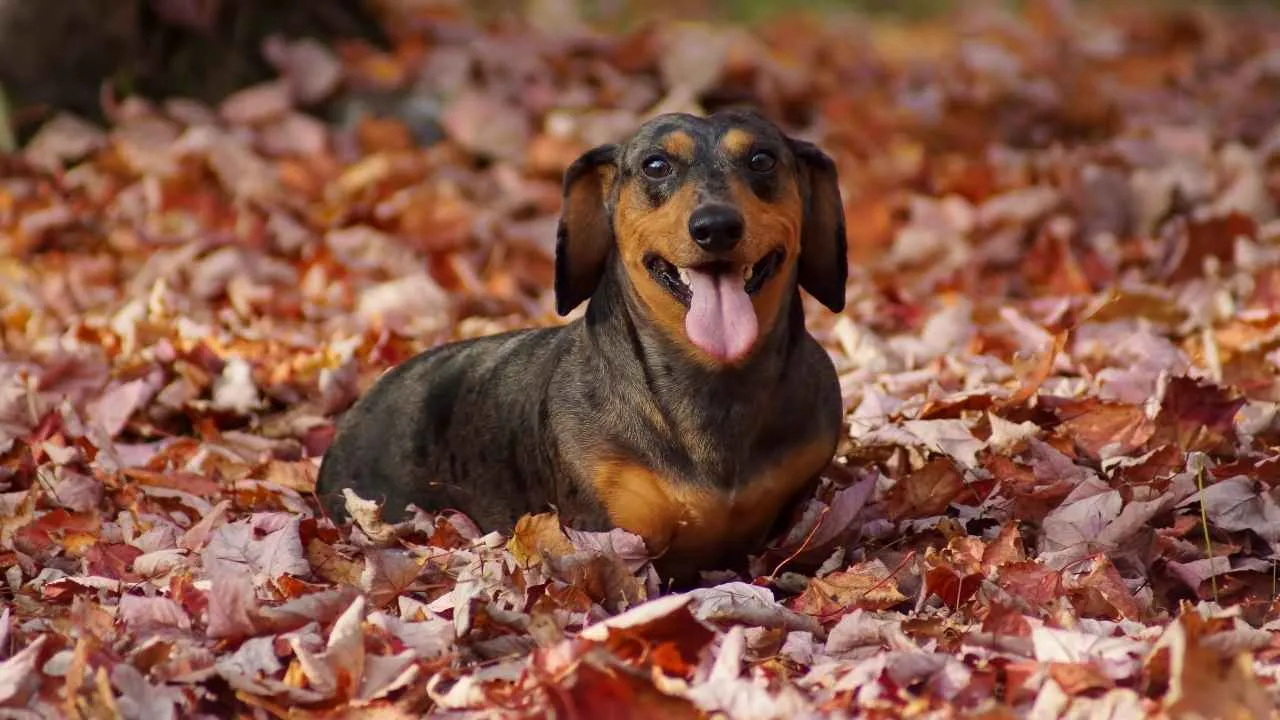
With their elongated bodies, short legs, and expressive eyes, Dachshunds—also known as Doxies or Wiener Dogs—are undeniably charming. Developed in Germany to pursue badgers into burrows, these hounds pack surprising confidence into their small frames. Standard Dachshunds typically weigh between 16 and 32 pounds, while miniature varieties remain under 11 pounds.
They come in smooth, wirehaired, and longhaired coat types, sporting various colors and patterns. Their bold bark and keen alertness stem from their hunting roots, making them vigilant watchdogs. Life expectancy ranges from 12 to 16 years, and they belong to the Hound Group.
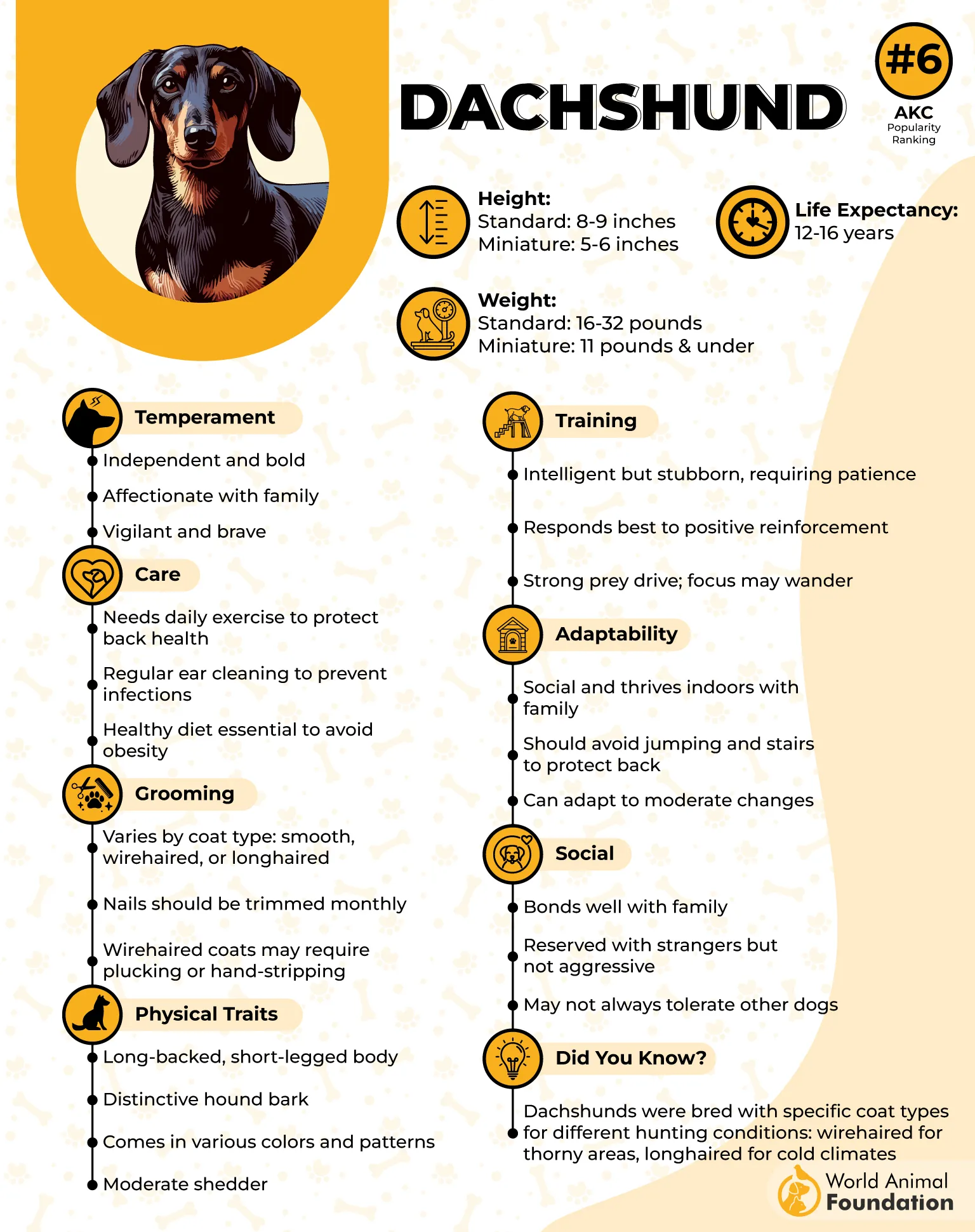
Temperament
These hunting dogs are famously headstrong, often described as clever but comically stubborn. This independence can lead to frustrations with training and housebreaking. Their loud bark—out of proportion to their size—is often directed at strangers or even shadows, which may test an owner’s patience.
They’re known for being vocal when left alone and for digging or “tunneling” through bedding or gardens. Though social and affectionate with their families, their big personalities and desire to follow their own rules can come off as defiant or moody, especially to first-time dog owners.
Did you know? The name “Dachshund” translates to “badger dog” in German, and the breed was originally prized for hunting those fierce underground dwellers.
5. Siberian Husky
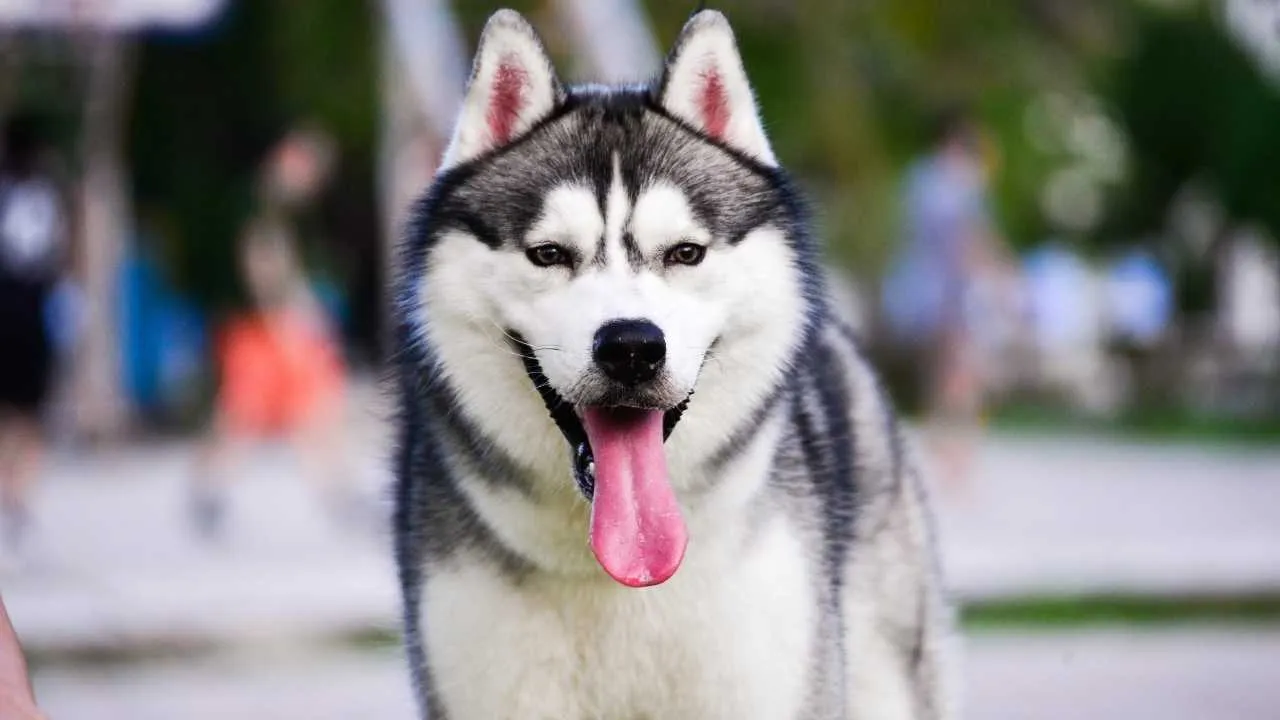
The Siberian Husky, also known as the Sibe or Chukchi dog, hails from Siberia, where it was developed by the Chukchi people for pulling sleds across icy expanses. Brought to Alaska in 1909, the breed became a sled-racing icon and gained global fame during the 1925 “Great Race of Mercy” to Nome.
These medium-sized working dogs stand 20–24 inches tall, weigh 35–60 pounds, and live an average of 12–14 years. Their thick double coats and striking blue or bi-colored eyes make them stand out, while their athletic build and need for constant activity make them one of the most demanding breeds to manage.
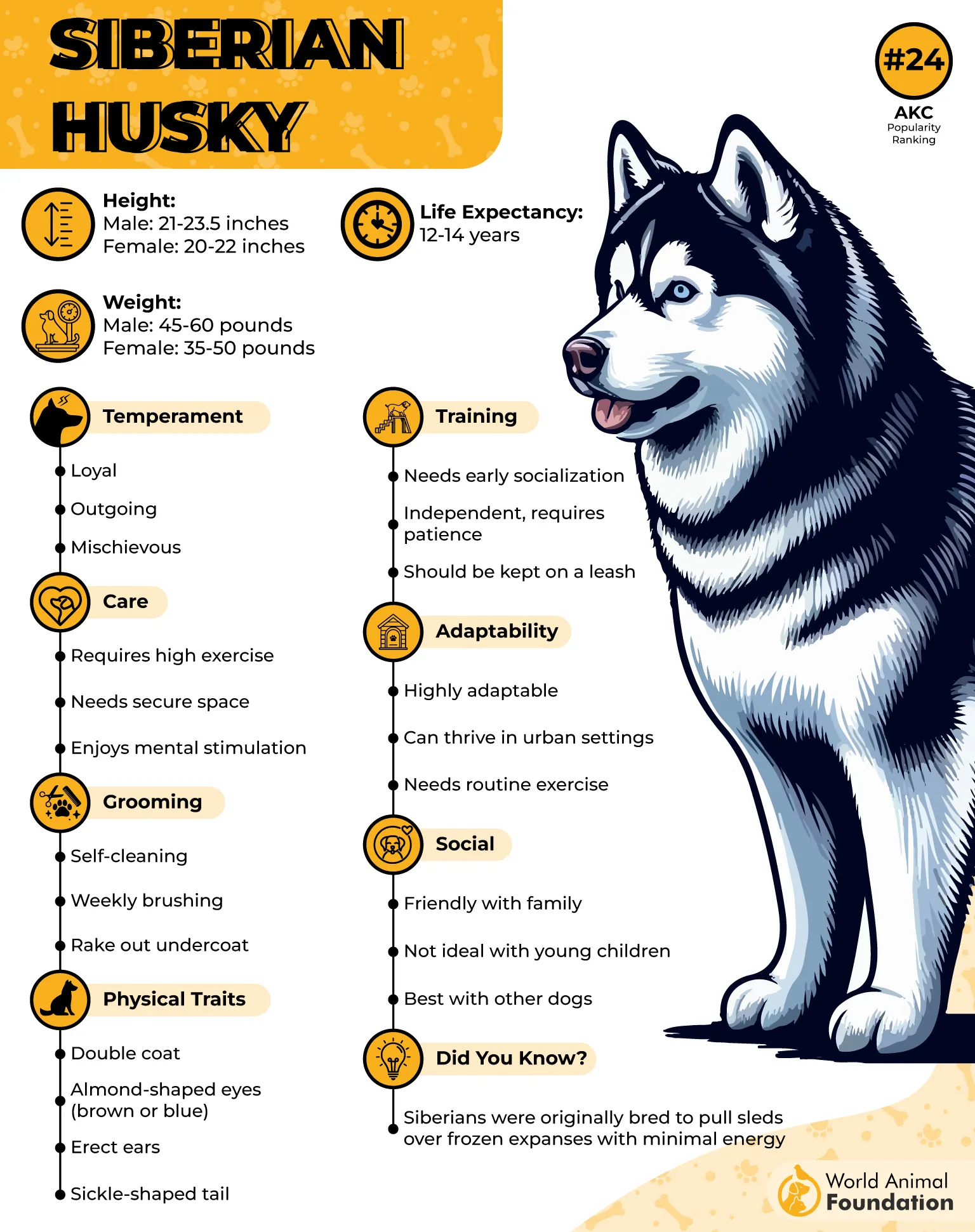
Temperament
Siberian Huskies are affectionate and full of energy, but their independence and stubborn streak often frustrate owners. Though intelligent and trainable with consistency, they are notorious for ignoring commands when it suits them.
These smart dogs are escape artists, high-shedding, and loud howlers who need hours of daily exercise to stay sane. Without proper outlets, they dig, chew, and vocalize excessively. Their high prey drive also makes off-leash walks risky.
Did you know? In 1925, a Husky named Balto led a team that delivered lifesaving diphtheria serum to Nome, Alaska—a heroic feat commemorated in New York’s Central Park.
6. Yorkshire Terrier
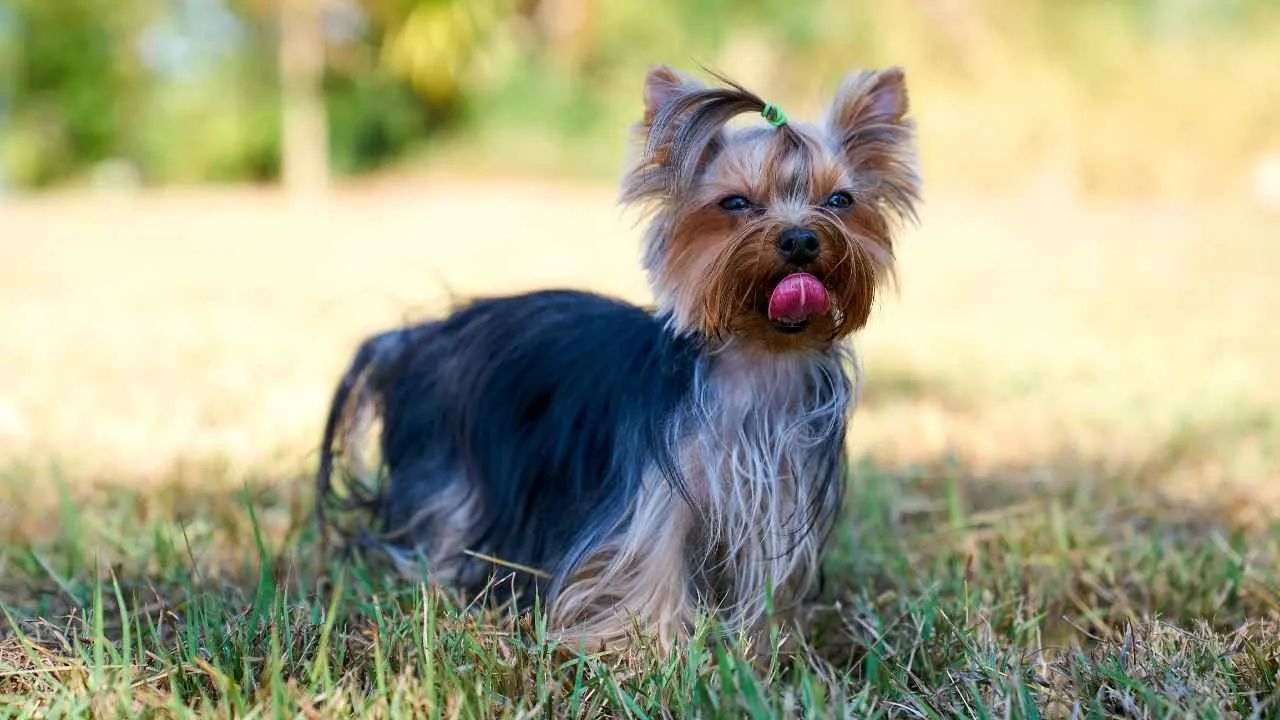
The Yorkshire Terrier, or “Yorkie,” may be a toy-sized dog, but it comes with a big-dog attitude packed into just 7 pounds. Developed in the mid-1800s in England’s Yorkshire and Lancashire counties, the breed was originally used by Scottish weavers to chase rats in textile mills.
Recognized by the American Kennel Club in 1885, the Yorkie quickly rose from working breeds-class roots to become a favorite of Victorian ladies, prized for its luxurious blue-and-tan floor-length coat and refined appearance.
Despite its dainty look, this breed is spirited, confident, and notoriously self-important. Yorkies stand about 7–8 inches tall and live 11–15 years, often requiring meticulous grooming to maintain their iconic silky coat.
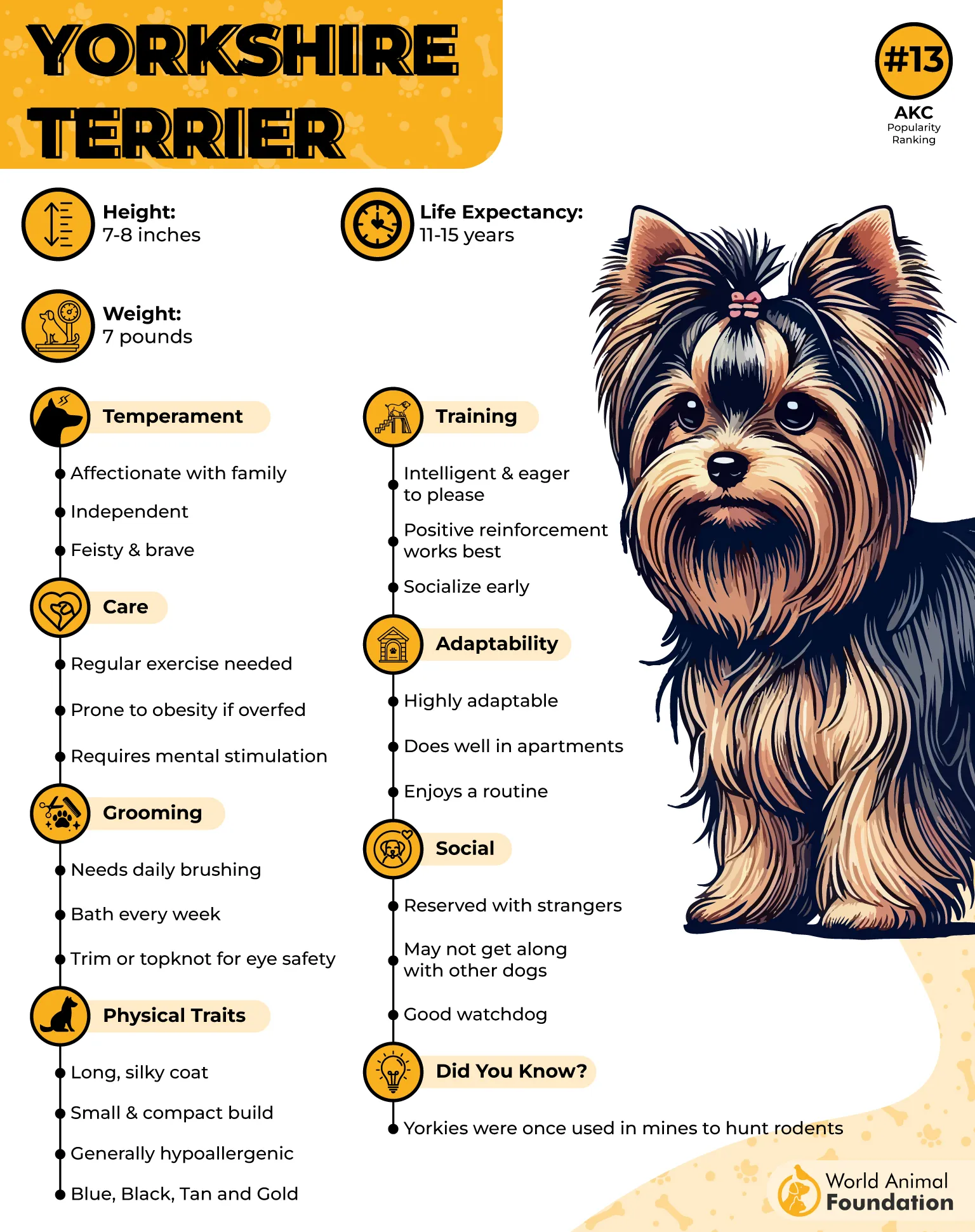
Temperament
Yorkies are bold, bossy, and often act like they own the house. Their intense loyalty is matched only by their stubborn streak. They bark frequently—sometimes excessively—and demand attention, making them high-maintenance for unsuspecting first-time owners.
Their strong-willed nature can also complicate training. While intelligent and affectionate, Yorkies are known for being vocal watchdogs, especially in apartments where every noise triggers a response. Their small stature hides a terrier tenacity that can be both amusing and exhausting.
Did you know? During WWII, a Yorkie named Smoky earned eight battle stars and is credited as one of the first therapy dogs.
7. Dalmatian
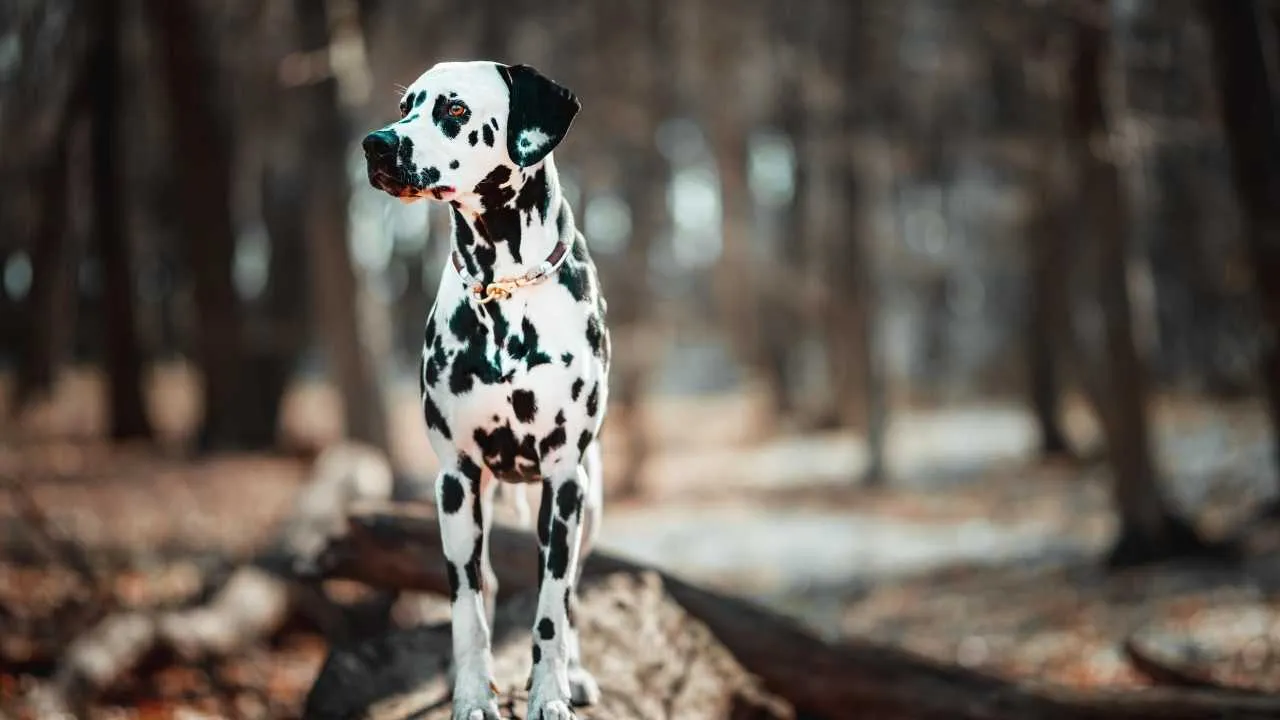
Recognizable by their iconic spots and athletic build, Dalmatians are medium-sized dogs originally bred to guard horse-drawn carriages. Standing between 19 to 24 inches tall and weighing 45 to 70 pounds, they boast muscular frames and powerful hindquarters, enabling them to cover long distances with ease.
Known historically as “coach dogs,” Dalmatians were also employed as sentinels, firehouse mascots, and even war dogs. With a lifespan of 11 to 13 years, these sleek, short-haired canines come in black or liver spots over a white coat and remain one of the most eye-catching breeds in the canine world.
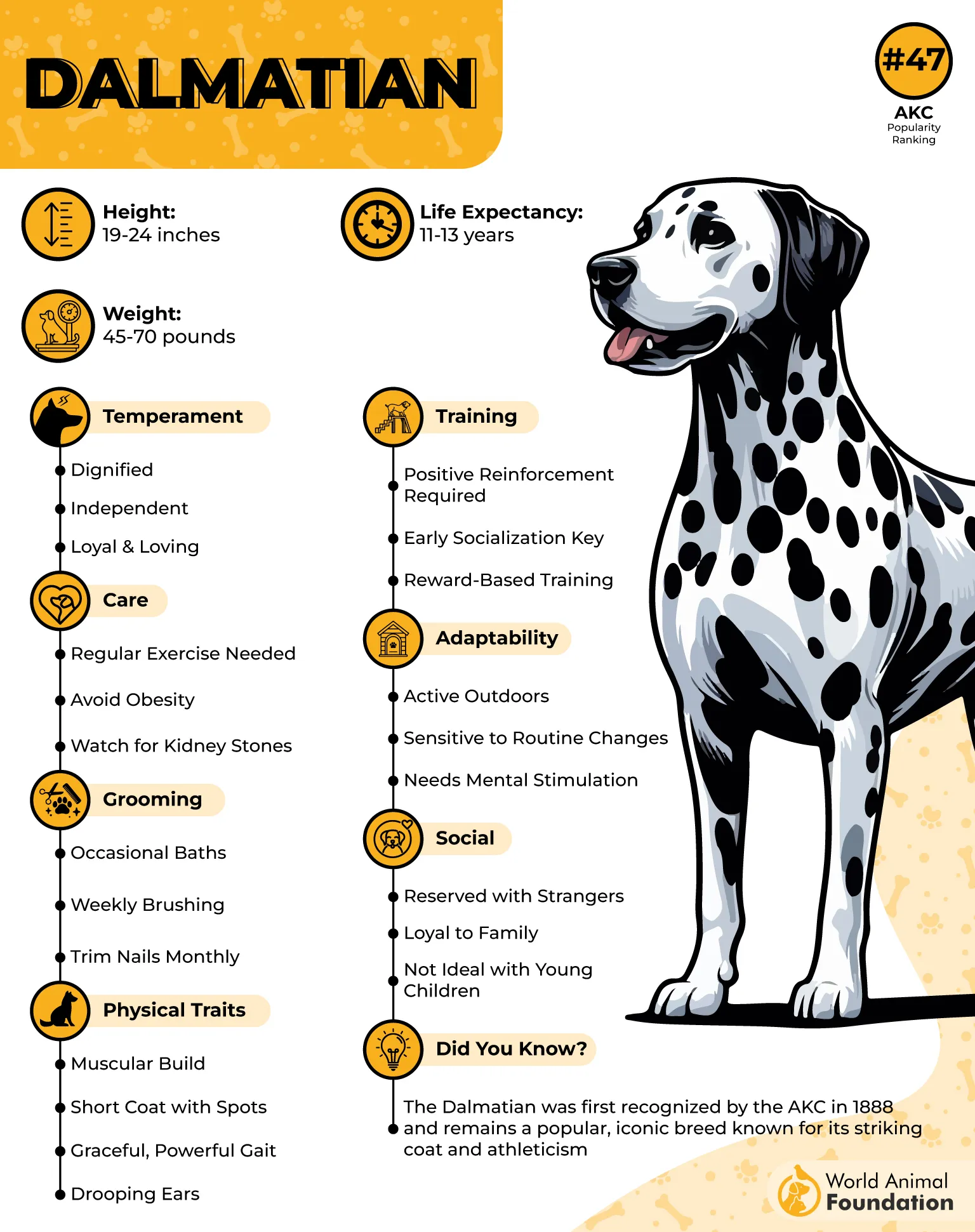
Temperament
Behind the polished appearance lies a dog that can be a handful. These guard dogs are intelligent, but also notoriously stubborn and independent-minded, which can frustrate inexperienced owners. They require substantial daily exercise to prevent restlessness, barking, or destructive behavior.
Without clear boundaries and early socialization, they may become aloof or even unfriendly, especially with strangers. While they are devoted to their families, their headstrong nature and relentless energy make them challenging to train and manage.
These traits, combined with a need for constant stimulation, are why many owners find Dalmatians more demanding than expected.
Did you know? After the 1996 remake of 101 Dalmatians, these intelligent dogs were overwhelmed with unwanted Dalmatians returned by families unprepared for their high-energy and stubborn traits.
Conclusion
While every dog has the potential to be a loyal companion, some breeds come with quirks that may challenge even the most patient dog people. Whether it’s excessive barking, stubbornness, or constant energy, understanding a breed’s temperament is key to choosing a pet that matches your lifestyle. Breeds like Miniature Schnauzers and Australian Shepherds are intelligent but often high-strung without enough stimulation. Others, such as the ever-bold Shiba Inu or opinionated Shih Tzu, may test boundaries with their independence.
Even popular breeds like French Bulldogs, Pit Bulls, and German Shepherds can present behavioral issues without proper training, especially around young kids. But that doesn’t make them bad dogs—just dogs with specific needs. From stubbornness masked behind floppy ears to excessive protectiveness, these traits can either charm or frustrate, depending on the environment. In the end, even the “most annoying” breeds are often just good dogs in need of the right guidance, patience, and home structure to thrive.


